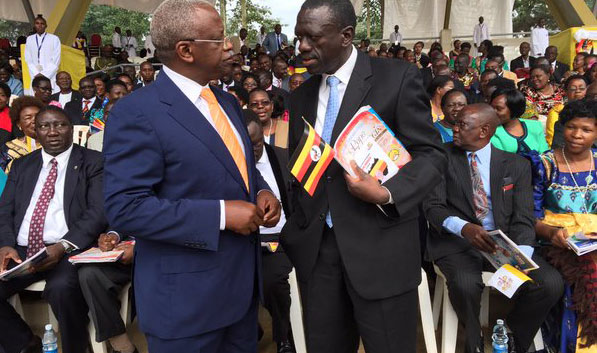
For the past two decades, the phenomenon of the opposition coalition has gained growing traction and interest across Africa.
Johannesburg, South Africa| AFRICAN ARGUMENTS| BY NICOLE BEARDSWORTH | For the past two decades, the phenomenon of the opposition coalition has gained growing traction and interest across Africa.
In 2000, a group of opposition parties in Senegal joined forces as the Sopi (or “Change”) alliance. Together, they defeated the incumbent president and ended 40 years of one-party dominance.
In 2002, Kenya’s opposition repeated the trick. In the 1992 and 1997 elections, losing parties had cumulatively gained over 60% of the vote. But this time around, they grouped together as the National Rainbow Coalition (NARC). This united opposition swept to power, removing the party that had governed Kenya since 1963.
Since then, pre-electoral coalitions have changed governments again in Senegal, as well as in Liberia, Madagascar, Malawi, Mali, Mauritius, Nigeria and The Gambia.
When elections are held in 2018, Zimbabwe hopes to join this growing list.
Why do coalitions sometimes become more than the sum of their parts and generate a huge surge of support? Why do they often fragment and collapse?
READ FULL ANALYSIS HERE (click)
Why do opposition coalitions succeed or fail? #Zimbabwe #Uganda #Nigeria #Kenya https://t.co/EEeyiL0ak4
— African Arguments (@africaarguments) June 13, 2017
 The Independent Uganda: You get the Truth we Pay the Price
The Independent Uganda: You get the Truth we Pay the Price



